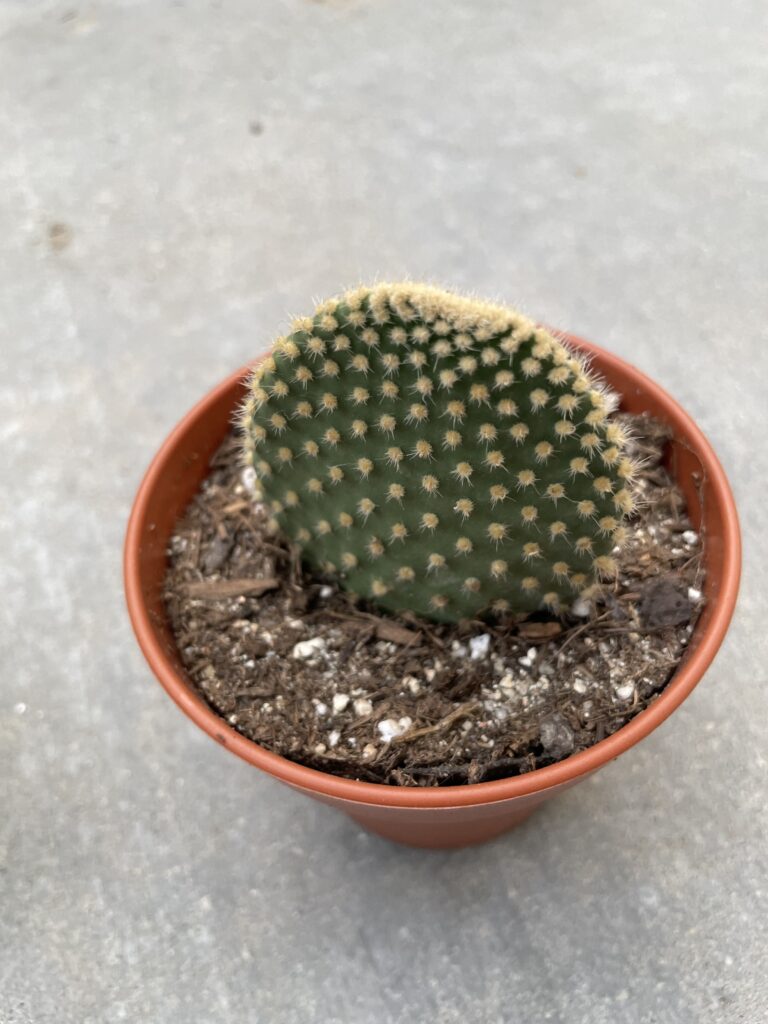The Two Seeds
There are two main groups of seed plants, also called spermatophytes. These groups are angiosperms and gymnosperms. Both plants have their own unique traits and characteristics, making them great to observe and learn about. Whether you want to impress your local hiking group or just know how plants relate to one another, read on!
Gymnosperms
Between the two groups, gymnosperms are the older group, appearing over 300 million years ago. Due to their old age, there are less unique species on the planet, but that doesn’t make them any less important. The most defining gymnosperm trait is their seed. The seeds of a gymnosperm plant lack protection in the form of a fruit, exposing them to the outside world. This causes them to be called “naked” seeds.
The second trait you should look for in gymnosperms is the type of plant. Usually, gymnosperms are shrubs or large trees. A common example, especially during Christmas, is a pine tree. If you want to see what is considered a living fossil, do a quick search of a cycad. These trees have been around since the dinosaurs, showing their fortitude.
The last trait that should be noted is how gymnosperms reproduce. Gymnosperm seeds usually come as cones (more formally called strobili). Female cones are usually large and further up the tree, while male cones are smaller. However, they both grow on the same tree. Like everything in nature though, there are exceptions. Some gymnosperms only grow one type of cone and need a partner for the other (see cycads from earlier).
Angiosperms
The other ones. The plants that inherited the gymnosperms world. Estimated at about 250,000 unique species, they make up the majority of plant life. Angiosperms are more commonly referred to as your flowering plants.
Does that mean all angiosperms have flowers? Sort of. They aren’t the flowers that you might expect when you first hear the word. The flower is the reproductive part of angiosperms, so your fruit has them too. In fact, the fruit is the protective layer that surrounds the seeds.
If you’re looking to identify flowering plants, odds are they’re some of the first ones you’ll spot. Angiosperms make up nearly 80% of all living plants and include flowers, fruits, and even grasses. The next time you look around, stop and smell the flowers! Or, as you now know, the angiosperms.
